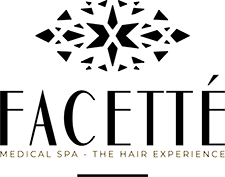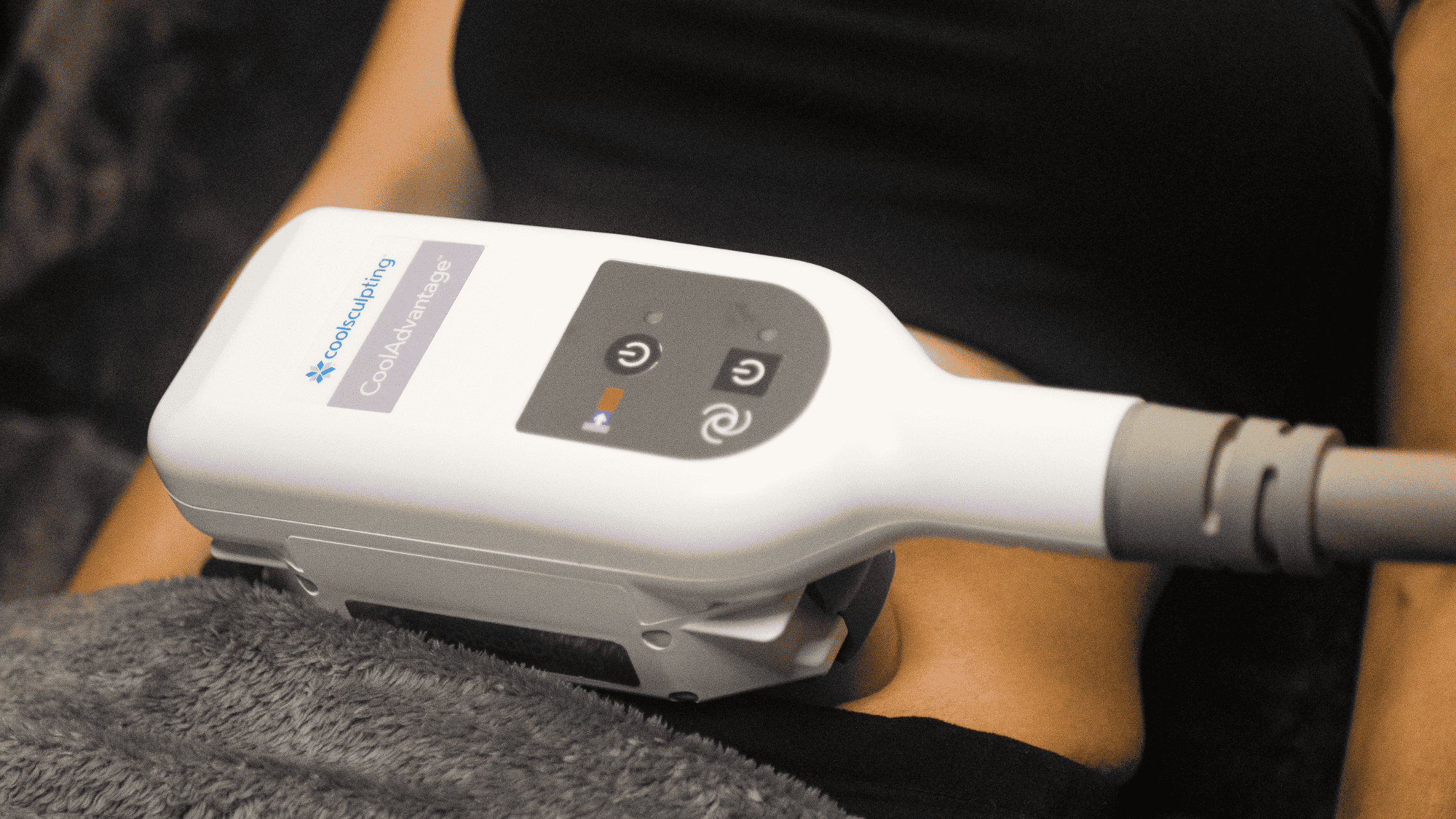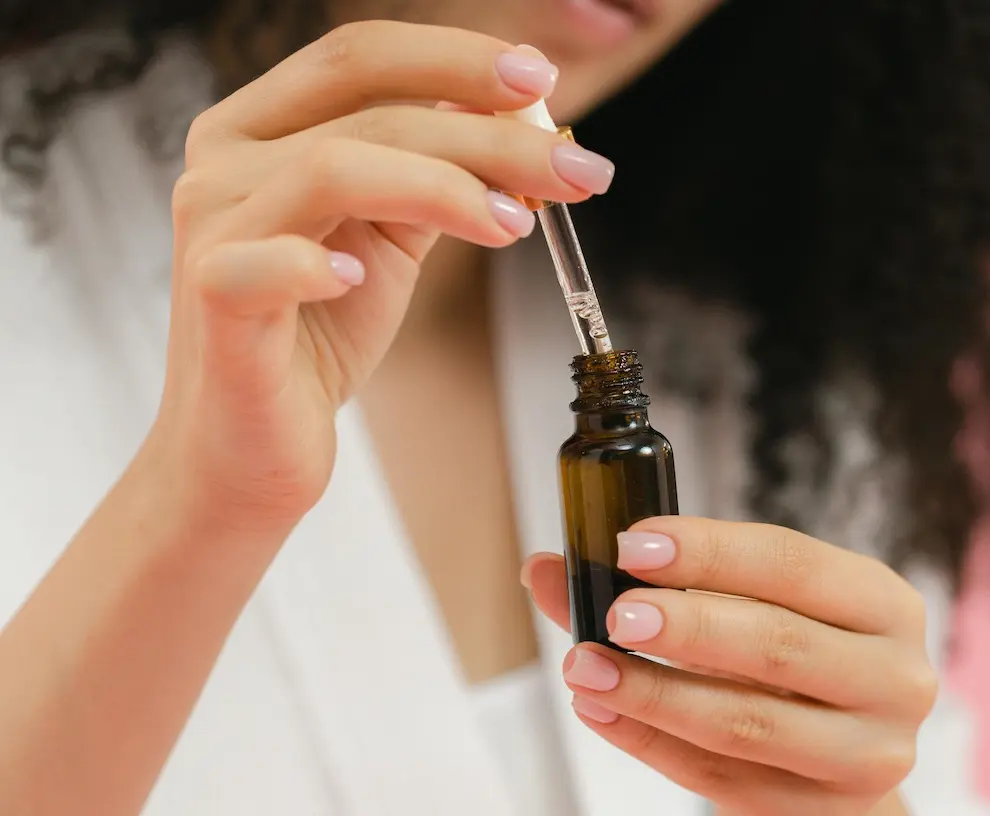What is Microblading?
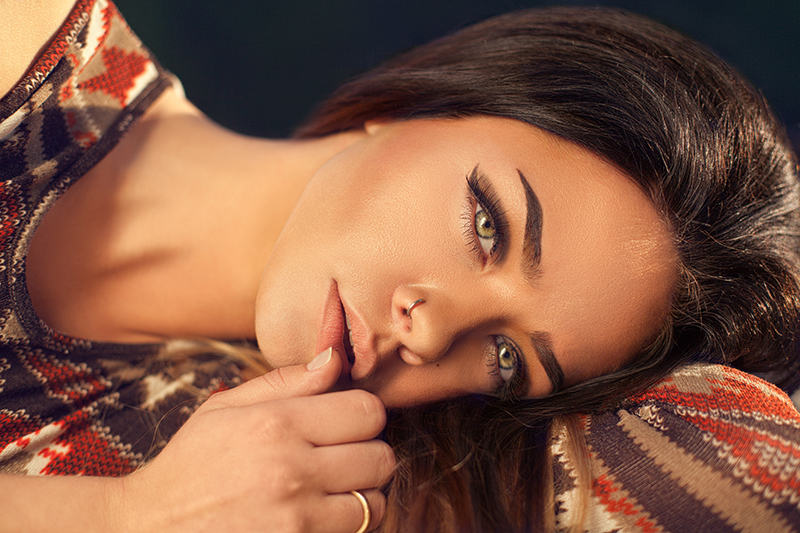
Microblading originated in Asia over 25 years ago and has gone by many names: such as hair strokes, eyebrow embroidery, 3D brows, and feathering. By 2015, microblading became popular in the US and has grown in popularity ever since.
Microblading is a form of eyebrow tattooing. But unlike traditional tattooing, which uses a machine, microblading artists apply each hair-like stroke with a handheld microblade. This produces a very fine line that resembles real hair. Each individual hair-like stroke is hand drawn by the artist and blended in with the client’s existing eyebrow hair. It’s the perfect solution to sparse, over plucked, over waxed and thinning eyebrows. This treatment is ideal for covering scars, to define shape, create an arch and fill in the eyebrows, this method is ideal for anyone wanting to enhance the look of their eyebrow.
Microblading usually takes two appointments to complete. During the first appointment, the client is profiled and the eyebrows are drawn on. This will act as the artists map, as well, it provides the artist and client an opportunity to agree on the look before beginning the procedure. The artist then provides some comfort by numbing the area prior to beginning to microblade. There is some mild scabbing and aftercare required, but your microblading should be completely healed in 4 weeks.
The second appointment is a touch up at least 4 weeks after the first session. This allows enough time for the ink in the epidermis to naturally slough off, and the color to settle into your skin. In the touch up appointment, the artist can see how your skin has received the ink and make any necessary adjustments.
The results can last anywhere from 1-2 years, depending on different factors affecting the micropigmented brow. A touch up between 6 months to 1 year is recommended to retain the shape and saturation of pigment.
In the end, you’ll hardly believe it’s not real hair!
What to expect at your microblading appointment.
A typical microblading appointment lasts 2.5 to 3.5 hours, depending on the artist and your specific needs. A touch up appointment lasts anywhere from 30 minutes to 2 hours, depending on the amount of work that needs touching up.
A standard appointment will have the following steps:
1. Client Consultation. First the microblading artist will assess the client’s lifestyle, health history & style. Do they want something bold or natural? Do they wear makeup daily or just for special occasions? What face shape does the client have? What coloring does the client have from hair to skin tone/undertones. This interview will help the artist create the best brows for their client. (Often times this is a separate appointment, here at Facette we prefer to conduct our consultation separately from initial treatments).
2. Before Photos. Before pictures will be taken for the client records, documentation of treatment and for the artists portfolio.
3. Drawing/Mapping. Next the artist will draw the eyebrows on the client’s face with a waterproof eyebrow pencil. This will be the artist’s guide for the microblading procedure. This also allows the client to see the final look before any micropigmentation is performed.
4. Numbing/Color Selection. Once the artist and client agree, numbing is set up for 20 minutes before the process of microblading begins. During this time the artist will likely select the color and begin mixing if needed.
5. Microblading. Now the artist begins microblading, according to the drawing they’ve agreed upon with the client.
6. Remove the excess ink. Baby wipes are then used to completely clean off any access pigment on the skin and brow area.
7. After Photos. Pictures of the finished work are then taken in the same fashion as the pre photos. Your artist likely keeps a record of these for both your file and for their portfolio. Microblading artists photograph their work for many reasons, not the least of which, to have a record of their own art (always respecting privacy first)!
Microblading typically requires a touch up appointment, because all client’s skin is different and receives the ink differently. After 4 weeks of healing, the client should come in for a follow-up visit. This is a brief 15 minute check of the healed microblading (often times photographs are taken again). Depending upon the amount of touch up needed the appointment could last from 30 minutes to 2 hours.
What to avoid and plan for before microblading.
Your artist want you to have the best possible outcome. Please pay special attention to your BEFORE and AFTER care to ensure the best possible experience.
1. Please do not work-out the day of the procedure as the body heat will expands the pores.
2. Avoid sun exposure in particular excessive sun leading to sunburn for at least 3 days before your procedure. This includes the use of sunless tanning beds. Please wear SPF 30+ daily before and after.
3. Avoid tweezing, waxing, or threading within 3 days of your procedure.
4. DON’T drink coffee or anything with caffeine the day of procedure. This leads to heightened sensitivity.
5. DON’T drink alcohol 24 hours before the procedure.
6. DON’T take Aspirin, Niacin, Vitamin E and/or Ibuprofen, omega-3, unless medically necessary, 48-72 hours prior to the procedure. (Tylenol or acetaminophen is okay!)
The following treatments should be avoided within four weeks of the procedure:
• Botox or fillers
• Chemical Peels
• Laser treatments (facial area)
Additionally, you should not be pregnant or nursing in order to receive microblading. This is our policy at Facette and strictly adhered to by our artist.
Your microblade artist will review your medical history and do a thorough consultation with you to address any individual questions or concerns. At Facette we require a consultation prior to scheduling your initial microblading treatment to ensure you have all your questions and concerns answered and that you’re a candidate for the treatment.
Many people ask us: is microblading painful?
Most clients report little or no pain. Often they say it’s a 3 on a scale of 1 to 10, at most. Some clients have literally slept through the appointment! The artist will leave a topical anesthetic on the eyebrow area for 20 minutes, this is so our clients are as comfortable as possible. If you are someone who doesn’t numb well with dental work or has issues numbing for other procedures in the past it is likely you will also experience this with our numbing process.
Who should avoid Microblading?
While microblading is great for most people, there are some people who microblading is not a good fit for.
1. Clients who are prone to keloids or post-inflammatory hypopigmentation (PIH). Unfortunately, since microblading punctures the skin as we add pigment, we cannot work with clients with these conditions.
2. Clients who have a transmittable blood disease such as HIV or Hepatitis. Again, microblading artists cut the skin so it is our policy at Facette not to work with these conditions.
3. Clients who have had recent fillers done in the area. Depending on the timing, we recommend to get microblading first! Otherwise, check with your nurse injector/doctor. Many artists may request a note from your doctor first.
4. Patients undergoing chemotherapy. Although microblading is great for restoring eyebrows, we would require a doctor’s note in order to perform the procedure for anyone undergoing chemotherapy. Once you’re cleared, however, microblading is a great solution for cancer survivors.
5. Clients with recent or ongoing skin conditions: This includes eczema, shingles, rashes, or anything else near eyebrows.
6. Clients with oily skin. Those with VERY oily skin are unfortunately not good candidates for microblading. Those with less oily or combination skin, may consider a microblading as an option but should understand that it is possible you’ll need to consider adding shading or combo microblading with shading to have a good healed outcome.
7. Clients with pre-existing tattoo (that is dark) or permanent makeup. The tattoo or permanent makeup must be light enough for the artist to create fine hair-like strokes. Your artist can discuss the option of removal with you or if it’s best for you to wait for it to fade further in order to be a candidate for microblading.
8. Allergies to numbing agents. If you think you might have an allergy to numbing cream we recommend patch test prior to the appointment. Your artist want the process to be as comfortable as possible and reaction free.
9. Children. Microblading is for adults only! We do not recommend microblading for anyone under the age of 18.
Microblading vs Eyebrow Tattooing
Often times you’ll hear people refer to microblading as eyebrow tattooing, which is technically true but not 100% accurate. Technically, microblading is eyebrow tattooing, but microblading is not like any eyebrow tattoo. Microblading is considered a “cosmetic tattoo”. Let’s talk about the key differences between eyebrow tattooing and microblading (cosmetic tattooing).
Microblading artists hand draw each line or hair stroke while eyebrow tattooing uses a machine.
This makes a big difference. Microblading features very fine hair-like strokes and when applied by skilled artist, those lines do not “bleed out” over time whereas this is not true for eyebrow tattooing. Eyebrow tattooing is usually done by a machine, with much greater injury to the skin. The lines created are not as fine and over time begin to bleed out giving them a blurred look.
Microblading has different retention.
The fine lines of microblading often fade over time. For many, they fade over 1 to 3 years. With microblading, there is less ink deposited under the skin. When there is a lot of ink, like in traditional tattooing, the tattoo remains very consistent, often expanding. With microblading, the ink will fade or disappear, depending on the skin type and how much ink was inserted. This is why Microblading is known as a semi-permanent tattoo.
Microblading inks maintain their color.
Microblading does not use traditional tattoo ink. The artist uses a different type of ink that maintains its original hue over time. Many tattooing clients find that their tattoos turn blue, pink or salmon over time. With microblading, however, colors tend to get lighter, rather than changing hue.
Results from microblading are more natural than traditional eyebrow tattoos.
With microbalding each individual hair-like stroke is hand drawn. To the naked eye, these individual hair-like strokes blend right in with a clients’ real hair, can fill in where hair is missing seamlessly and even be used to camouflage some scars. While eyebrow tattoos may look more like a filled-in brow or a solid line (“sharpie look”), microblading looks more like natural eyebrow hair. Men traditionally don’t get eyebrow tattoos, but men do get microblading (see my blog on Microblading for Men)
– Kimberly Gray, Medical Esthetician
